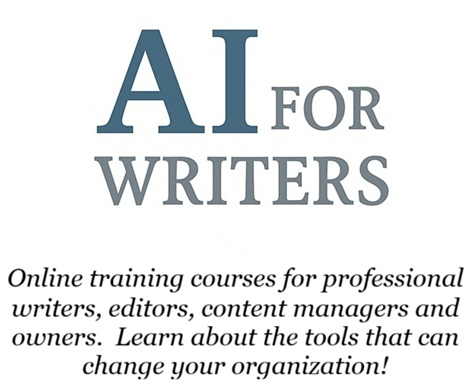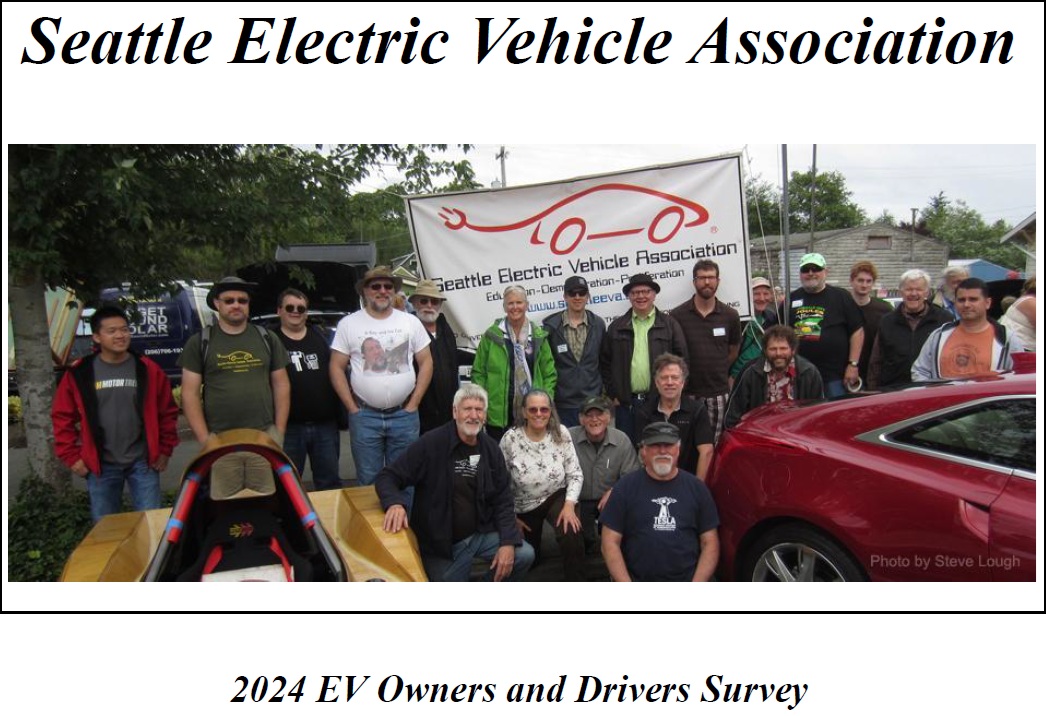Foundation Models in
Generative AI
Foundation models are the engine room powering modern generative AI: they’re large, flexible, and train on huge datasets to enable a wide range of intelligent content generation. We’ll explore what they are, how they work, and why they matter.
What is a Foundation Model?
A foundation model (FM) is a large-scale machine learning model, usually based on deep neural networks, trained on massive amounts of unlabeled data, such as text, images, or audio. Unlike models designed for a single task, FMs are general-purpose, adaptable building blocks.
Examples include:
• Text-centric LLMs like GPT, Claude, LLaMA, and Claude 4 Opus (aws.amazon.com, theverge.com, en.wikipedia.org, en.wikipedia.org)
• Image and multimodal systems like DALL·E, Stable Diffusion, and multi-modal variants of GPT-4 and Gemini (medium.com)
These models exhibit surprising capabilities: language translation, question answering, code writing, text-to-image generation, all without being trained for each specific task.
Key Characteristics of
Foundation Models
1. Foundation Models have immence Scale & Diversity:
- FMs have hundreds of billions (or even trillions) of parameters.
- FMs are trained on massive, diverse datasets including books, articles, code, images and other digitized information.
2. Self-supervised Learning
- FMs learn from raw data without manual labels, predicting the next word or pixel in a sequence.
3. Transferability (Fine-tuning)
- FMs can be adapted to specific tasks. All you need is some targeted data or a prompting strategy.
4. Emergent Abilities
- At scale, models develop surprising skills not seen in smaller versions, such as reasoning, translation, and nuanced writing. This is known as emergent behavior.
How Do Foundation Models Work?
• Pretraining: Models like GPT undergo unsupervised training over massive data, learning word and context associations.
• Fine-tuning/Prompting: You tailor their output via supervised training or prompt design.
• Inference: This is the live interaction stage, where a user asks the model to answer a question, generate an image, or produce computer code.
Foundational models are the base layer; downstream apps are built on top.
Foundation Models:
Real World Examples
• GPT-5: Powers ChatGPT and many enterprise API tools, which are then used for chat, writing, coding, summarizing.
• Claude 4 Opus: A highly capable language foundation model optimized for reasoning and coding (aws.amazon.com, en.wikipedia.org).
• LLaMA 2: An open-source FM from Meta, used by developers and researchers (en.wikipedia.org).
• Stable Diffusion, DALL·E: FMs for generating images from text prompts.
Why Foundation Models Matter
• Efficiency: Creating a new AI app is simpler: developers can just build on an existing model rather than training a new model from scratch (aws.amazon.com).
• Versatility: A single FM can be fine-tuned to write emails, generate art, analyze sentiments, or translate languages without needing separate systems.
• Innovation Catalyst: Because FMs are general, they unlock creativity, and can prompt developers, writers, researchers and everyday consumers to combine capabilities in new multimodal or agentic tools.
In Context: Content Generation
For AI content creation, foundation models are the core intellectual engine:
• Raw text: Write articles, blog posts, emails, marketing copy.
• Structure + style: Follow instructions for tone, length, and content type.
• Code assistance: Generate code snippets, comments, or documentation.
• Multimodal tasks: Interpret text prompts and produce images, audio, or video.
In short, every content generation tool, such as ChatGPT, Jasper, and GitHub Copilot, is built on an FM. They bring generality, fluency, and adaptability, making them ideal for tasks involving natural language understanding and production.
Want or Need to Learn More about AI Content Generation?
As many people are now figuring out, there is a lot more to AI than simply typing in a prompt and getting back perfect content. If you want an in-depth exploration of AI for content generation, check out my AI For Writers classes. These three classes, offering about 5 total hours' worth of instruction, will walk you through the process of using AI tools to accomplish a wide range of business, nonprofit, marketing, policymaking and advocacy writing projects. Written by a writer for writers, click here to learn more.
|
Shopping Cart |
|
Kathryn Kerby
freelance technical writer

Questions?
Projects?
Ideas?
My Clients Have Included:









